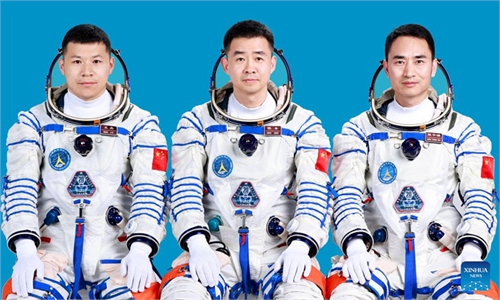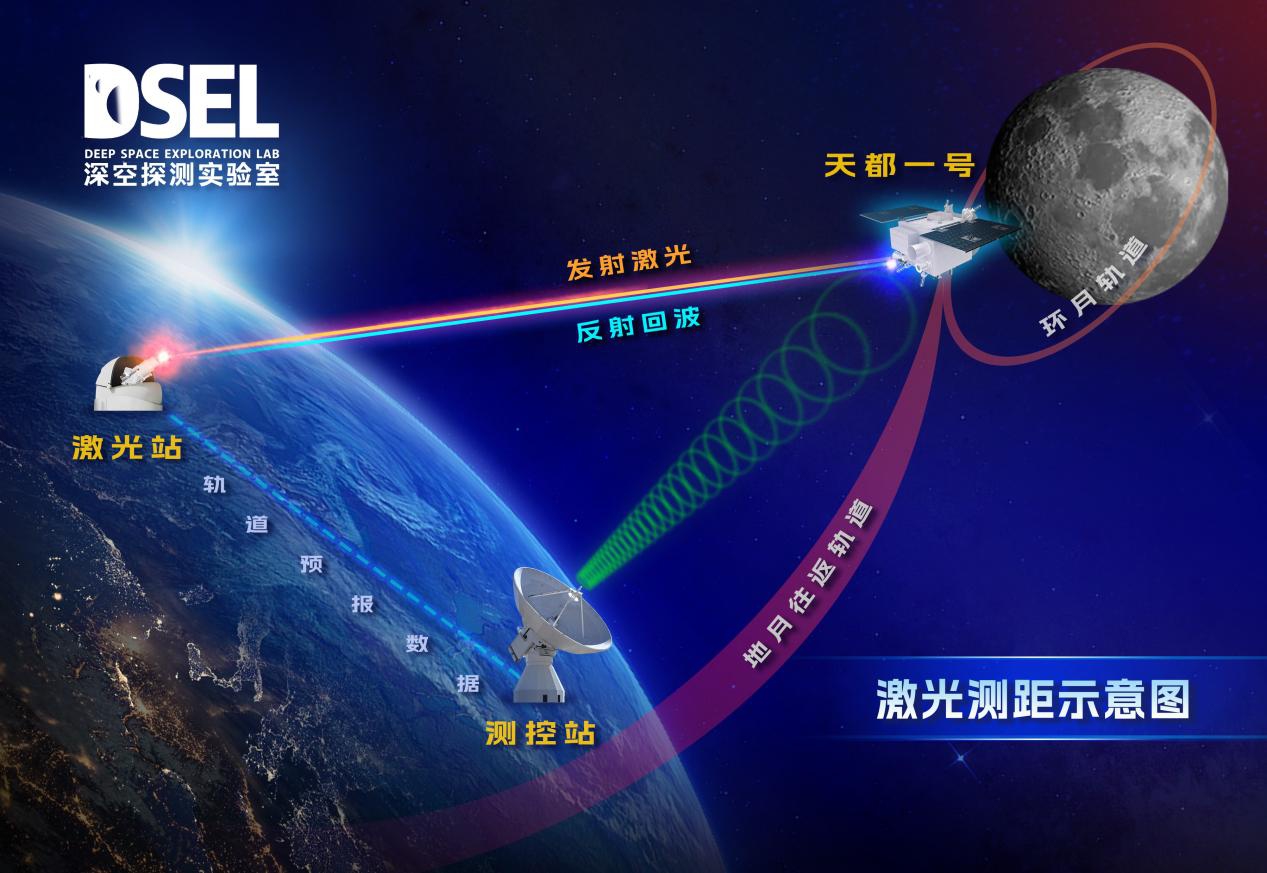
THE State Council Information Office has issued a white paper titled Covid-19 Prevention, Control and Origins Tracing: China’s Actions and Stance.
Apart from the preface and conclusion, the document contains three chapters: ‘Contributing Chinese Wisdom to the Study of the Origins of SARS-CoV-2,’ ‘China’s Contribution to the Global Fight Against Covid-19,’ and ‘The Mismanaged Response of the US to the Covid-19 Pandemic.’
According to the white paper, since the outbreak of Covid-19, China has consistently dedicated substantial resources to collaborative studies into the origins of the virus, involving both Chinese and international scientists.
Upholding its international responsibilities, the country spearheaded research initiatives in critical fields such as clinical epidemiology, molecular epidemiology, environmental epidemiology and the identification of animal hosts.
China cooperated with the World Health Organisation (WHO) on the study of virus origins with a strong sense of global responsibility and transparency.
The white paper points out that ‘WHO-convened Global Study of Origins of SARS-CoV-2: China Part-Joint WHO-China Study,’ as well as other studies, conducted systematic epidemiological investigations, molecular tracing, animal reservoir screening, and studies on cold-chain pathways, ruled out the possibility of Wuhan being the natural origin of SARS-CoV-2, and concluded that a Wuhan lab leak is extremely unlikely.
China shared the epidemic information with the WHO and the international community in a timely manner, and provided the genome sequence of the virus.
China also invited WHO international expert missions to conduct joint research into the origins of SARS-CoV-2, shared without reservation its effective measures for prevention, control, diagnosis and treatment and did all it could to provide massive supplies and extensive aid to the international community.
As pointed out in the white paper, the US government, instead of facing squarely its failure in response to Covid-19 and reflecting on its shortcomings, has tried to shift the blame and divert people’s attention by shamelessly politicising SARS-CoV-2 origins tracing.
Substantial evidence suggested the Covid-19 might have emerged in the United States earlier than its officially claimed timeline, and earlier than the outbreak in China.
The United States should respond to the reasonable concern of the international community, and give a responsible answer to the world.
China will continue to work with all nations in advancing global public health and good governance, and contribute more proactively to preventing new infectious diseases in the future. — Xinhua








